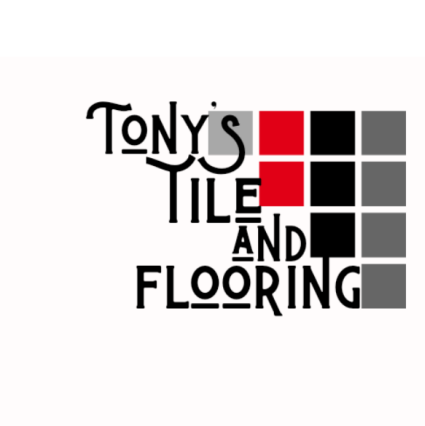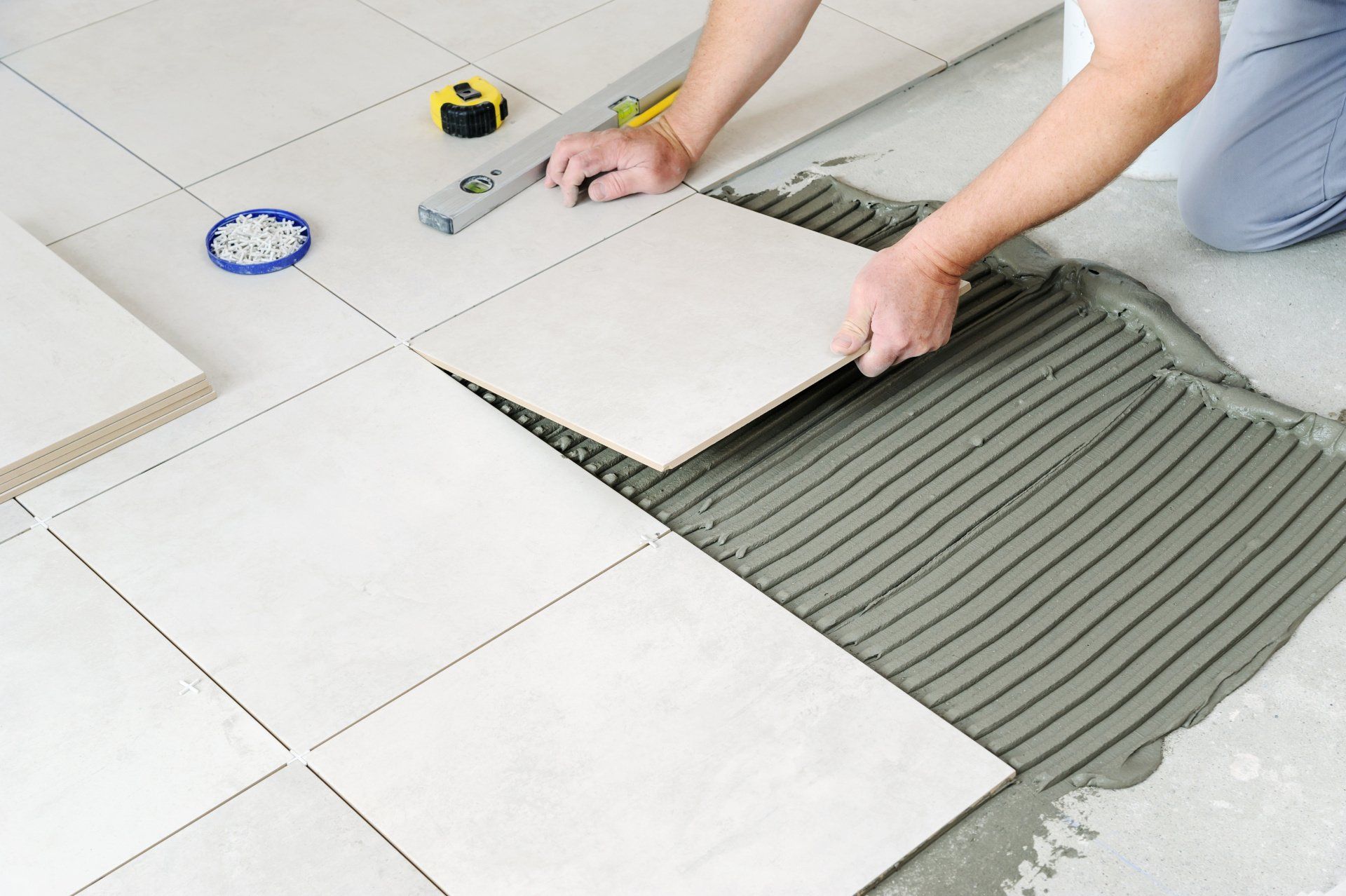Tile Installation Contractors in Youngstown
Hiring a Tiling Contractor for Best Results
The Basics of Installing Tile
The basic steps of installing tile include tile cutting and tile setting. Cutting tile requires the use of tile saws and tile nippers to create precise cuts in tile materials. Tile setting involves applying tile adhesive and laying tile into its desired position. For more complex tile installations, specialized tools such as tile spacers, grout float, notched trowel and rubber mallet may be required.
It’s important to use the proper tile adhesive and grout for your tile material. Tile adhesives should be matched to the tile type, while grouts should match the tile size and color. For best results, follow manufacturer guidelines for product usage and safety precautions.
Tile installation is an intricate process that requires patience and precision. While there may be plenty of DIY tile installation tutorials available online, it’s best to leave tile installation to a professional tile installer to ensure the job is done correctly and safely. Hiring a tile installer can help protect your tile investment, as well as provide peace of mind that the tile will look great for years to come.
Tile Underlayment - Common Types
Underlayment is a necessary step in most tile installations. Underlayment is a layer of material installed between the tile and your subfloor to provide a smooth and even surface for tile installation. Underlayment also helps absorb sound, increases tile bond strength and adds additional insulation.
- What are the common types of underlayment?
- Cement board is the most common
- Tile backer board is a lightweight tile underlayment that can be nailed to the subfloor and helps tile adhere
- Tile setting mat is a peel-and-stick tile underlayment that can be used instead of tile backer board
- Foam tile underlayment provides additional cushioning for softer tile surfaces
Before installing tile, you should also make sure your subfloor is level and free from debris. In some cases, a mortar bed may be necessary to provide an even base for tile installation.
Hours of operation
- Monday
- -
- Tuesday
- -
- Wednesday
- -
- Thursday
- -
- Friday
- -
- Saturday
- -
- Sunday
- Closed
All Rights Reserved | Privacy Policy

